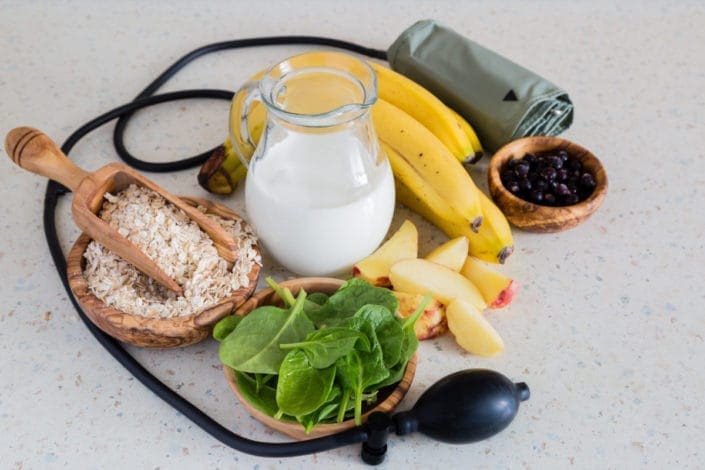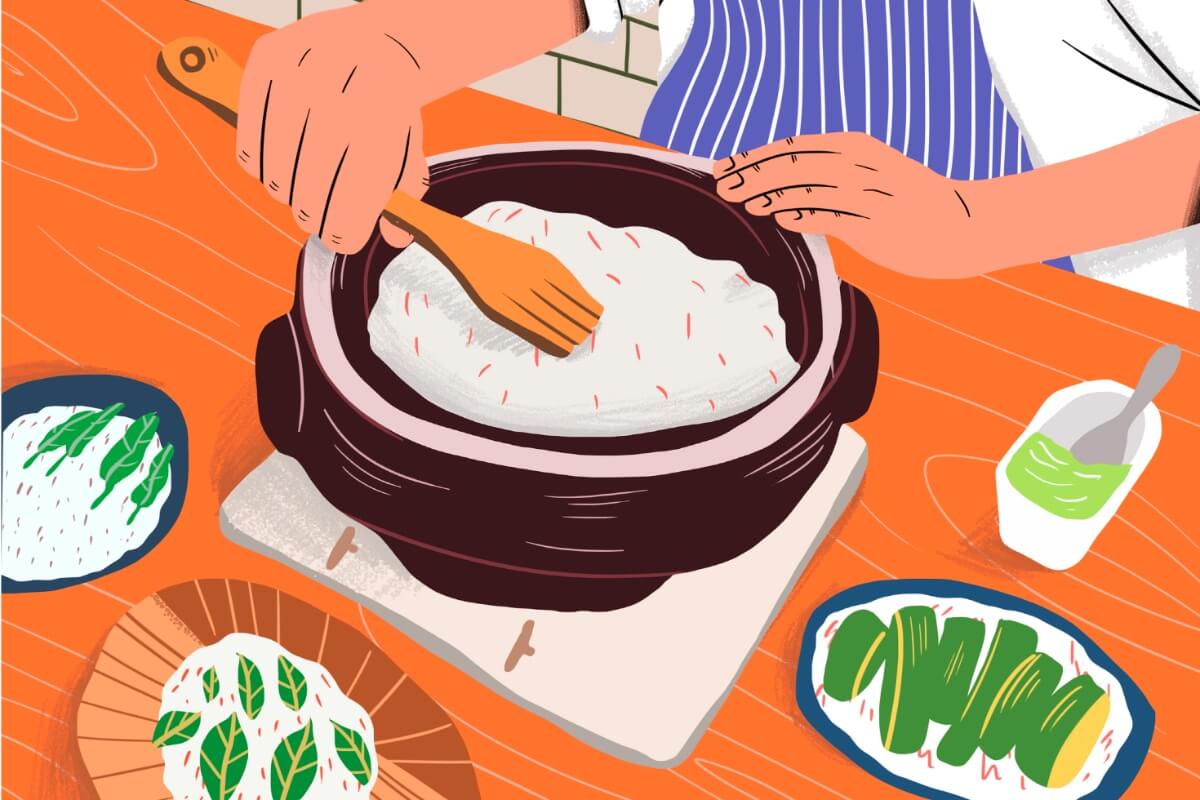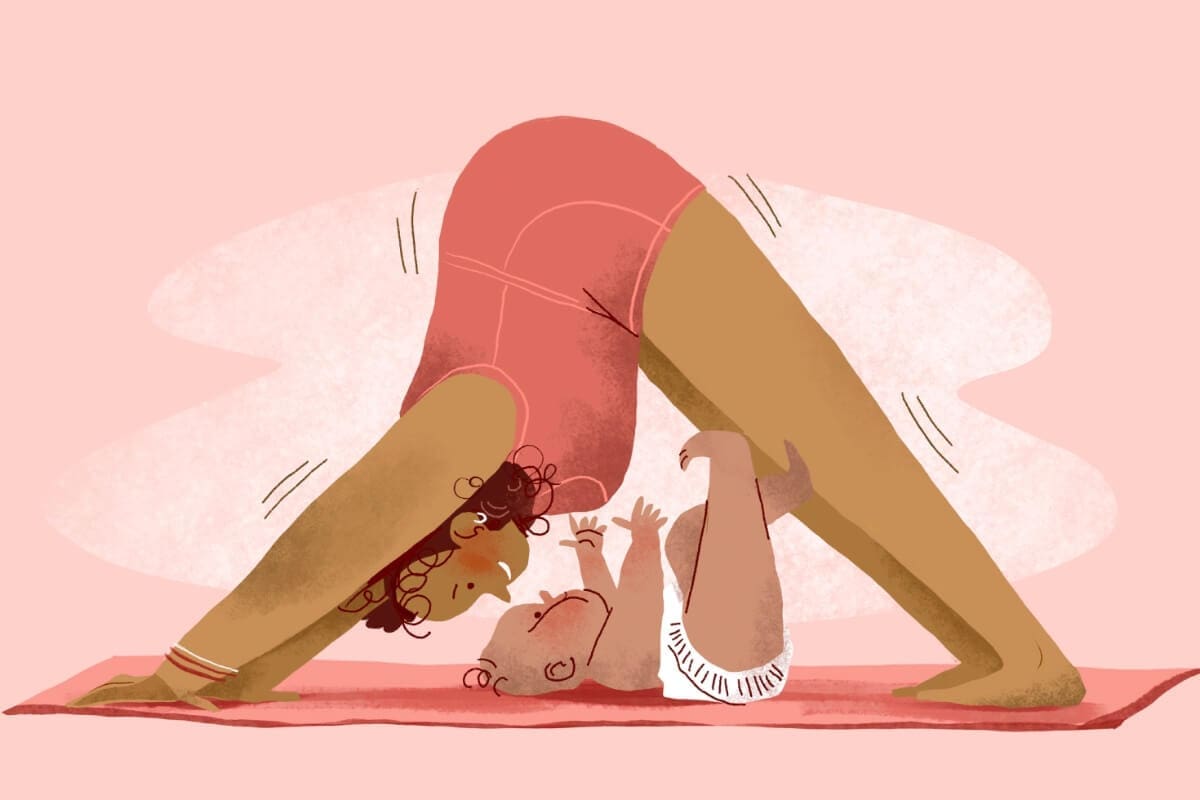
Wellness starts with a healthy diet. In fact, eating healthier foods improves many health problems. This includes high blood pressure (hypertension). The right foods can lower your blood pressure. Your doctor may recommend the DASH (Dietary Approaches to Stop Hypertension) diet to lower your blood pressure and your LDL (bad cholesterol). This can reduce your risk of heart attack and stroke.
Your doctor may suggest cutting back your sodium intake to 1500 mg a day if you:
- Already have high blood pressure
- Have diabetesor chronic kidney disease
- Are African American
- Are age 51 years or older
The DASH diet promotes a balanced diet and portion control. It encourages more fruits and vegetables, whole-grain foods, fish, poultry, nuts, and fat-free or low-fat milk products in your daily diet. It recommends reducing foods high in saturated fat, cholesterol, trans fats, sweets, sugary drinks, sodium (salt), and red meats.
Some people have high blood pressure because of a family history. For others, poor diet, lack of exercise, or another medical condition may be to blame. People who have high blood pressure often take medicine. However, diet and exercise can help lower high blood pressure, even if it’s part of your family history.
Path to improved well being
Following the DASH diet is simple. It doesn’t require any special or prepackaged meals. It relies on many standard foods you already have in your home. When following the DASH diet, you eat about 2,000 calories each day. These calories will come from a variety of foods.
The DASH diet recommendation includes:
- Whole grains (6 to 8 servings a day)
- Vegetables (4 to 5 servings a day)
- Fruits (4 to 5 servings a day)
- Low-fat or fat-free milk and milk products (2 to 3 servings a day)
- Lean meat, poultry, and fish (6 or fewer servings a day
- Nuts, seeds, and beans (4 to 5 servings a week)
- Healthy fats and oils (2 to 3 servings a day)
- Sweets, preferably low-fat or fat-free (5 or fewer a week)
- Sodium (no more than 2,300 mg a day)
- If you drink alcohol, limit yourself to 2 drinks or less per day for men and 1 drink or less per day for women.
- To reduce your blood pressure even more, replace some DASH diet carbohydrates with low-fat protein and unsaturated fats.
- For weight loss, reduce your daily calories to 1,600 per day.
- Lower your sodium to no more than 1,500 mg per day if you are age 40 or older, are African American, or if you have been diagnosed with high blood pressure.
Adapt the DASH diet to meet your needs. For example, eating plenty of fruits, vegetables, and whole grains can provide some protection against cancer, osteoporosis, stroke, and diabetes. Immediate results are possible with the DASH diet. Blood pressure could go down a few points in as little as 2 weeks. However, continue to take your blood pressure medicine and see your doctor.
Things to consider
Don’t be discouraged if following the DASH diet is difficult at first. Start with small, achievable goals. The following ideas can help you make healthy changes.
- It’s easier to track your food if you keep a journal of what you eat each day. Write down the sodium content, when possible.
- Don’t throw in the towel if the DASH diet seems overwhelming at first. Try making one or two changes at a time until you can do it all.
- Learn to read labels. By knowing serving size, you know how much sodium you are getting per serving.
- Slow down when you eat.
- Exercise
- Use spices and herbs to flavor your food instead of salt.
- Choose fewer processed foods (frozen meals, canned soups, packaged mixes, etc.). These contain more sodium.
- Look for foods that say, “no salt added,” “sodium-free,” and “low sodium.”
- Avoid fried foods. Grill, steam, roast, or poach your food instead.
- Apply your new knowledge to restaurant food as well. Avoid ordering food with ketchup, mustard, pickles, or sauces. Don’t add salt. And if you have time, ask your server how the food is prepared.
- Reduce your alcohol intake to DASH-acceptable servings.
Most popular foods are full of salt. Here’s how many milligrams (mg) of salt you’re getting with:
| Food Serving | Sodium Content |
| ¼ teaspoon table salt | 575 mg |
| ½ teaspoon table salt | 1,150 mg |
| 1 teaspoon table salt | 2,300 mg |
| 1 hot dog | 460 mg |
| 1 regular fast-food hamburger | 600 mg |
| 2 ounces processed cheese | 600 mg |
| 1 tablespoon soy sauce | 900 mg |
| 1 serving frozen pizza with meat and vegetables | 982 mg |
| 8 ounces regular potato chips | 1,192 mg |
Questions to ask your doctor
- Is caffeine allowed in the DASH diet?
- Can stress increase your blood pressure?
- What are the side effects to most blood pressure medicines?
- Are certain frozen foods, such as unsweetened fruit, acceptable?
Resources
National Heart, Lung and Blood Institute: DASH Eating Plan
National Institutes of Health, MedlinePlus: DASH Diet to Lower High Blood Pressure
![]()
Copyright © American Academy of Family Physicians
This information provides a general overview and may not apply to everyone. Talk to your family doctor to find out if this information applies to you and to get more information on this subject.











